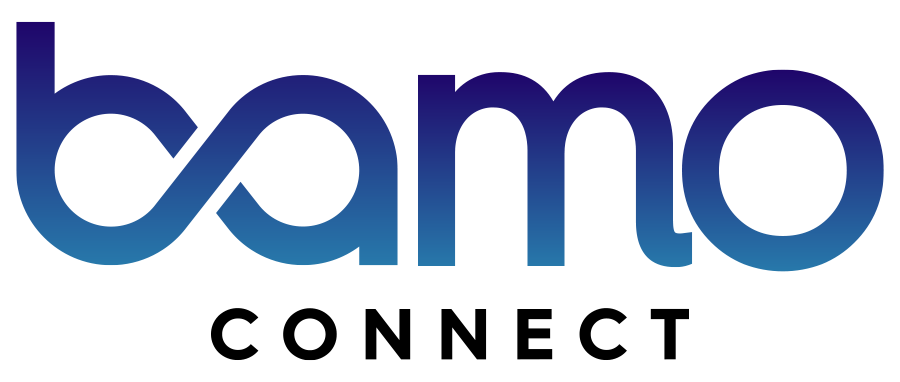Broadband
solutions
Choosing the right broadband plan for your home!
Can be a bit overwhelming with so many options available. Here’s a step-by-step guide to help you make the best choice based on your needs and preferences:

Assess your internet usage, casual browsing and social media
a. If your household primarily uses the internet for browsing, social media, and occasional video streaming, a lower-speed plan (around 25–50 Mbps) should suffice.
b. HD Streaming & Online Gaming: If you stream movies or TV shows in high-definition (HD), play online games, or have multiple devices connected at once, you’ll need faster speeds (100 Mbps or higher).
c. Heavy usage and work-from-home: If you work from home, engage in video conferences, download large files, or have multiple users online simultaneously, consider plans with speeds of 200 Mbps or more.

Understand different speed options and speed range
a. Broadband plans typically offer speeds ranging from 10 Mbps to 1 Gbps (1000 Mbps).
b. Consider Upload and Download Speeds: If you need to upload large files (like videos), check the upload speeds, as they can be significantly slower than download speeds on some plans.

Check the type of broadband. Broadband plans can vary in terms of the technology used
a. Fiber Optic: The fastest and most reliable, with speeds up to 1 Gbps or more. Ideal for heavy use, large families, or work-from-home needs.
b. DSL (Digital Subscriber Line): Generally slower and more affordable than fiber, but it’s more widely available, especially in rural areas.
c. Cable: Offers good speeds (up to 200 Mbps or more) but can experience slowdowns during peak usage times.
d. Fixed Wireless or Satellite: Good for rural areas, but may not offer speeds as high or consistent as fiber or cable broadband.

Evaluate data limits and fair usage policies (FUP)
a. Unlimited Data: Some plans offer unlimited data, which is ideal if you stream a lot of content or have multiple devices connected at once.
b. Data Caps: Some providers impose a limit on how much data you can use each month. If you exceed this cap, your speeds may be throttled, or you may incur extra charges. Make sure the data limit fits your usage pattern.

Consider your budget
a. Broadband plans can vary significantly in price, depending on the speed, type of connection, and data allowance.
b. Compare different providers and look for any promotions or discounts. Consider whether you need the fastest available plan, or if a lower-cost plan will meet your needs.

Check contract terms
a. Contract Length: Some providers offer plans with a 12–24-month contract, while others offer no-contract options, which may be more flexible if you move or want to change providers in the future.
b. Setup Fees: Some plans may have installation fees or equipment rental charges (like a Wi-Fi router). Make sure to factor these costs into your decision.
c. Early Termination Fees: If you’re signing a contract, check if there’s an early termination fee in case you want to cancel before the contract ends.

Look at customer service and support
a. Check reviews of the broadband provider’s customer service to ensure that they are responsive and helpful if you run into issues with your service.
b. See if they offer 24/7 support, online chat, or a mobile app for managing your account.

Check for bundles
a. Contract Length: Some providers offer plans with a 12–24-month contract, while others offer no-contract options, which may be more flexible if you move or want to change providers in the future.
b. Setup Fees: Some plans may have installation fees or equipment rental charges (like a Wi-Fi router). Make sure to factor these costs into your decision.
c. Early Termination Fees: If you’re signing a contract, check if there’s an early termination fee in case you want to cancel before the contract ends.

Reliability and availability
a. Make sure that the broadband provider offers service in your area. Some providers may have limited coverage, especially for high-speed connections like fiber.
b. You can usually check availability on the provider’s website by entering your address.

Read the fine print
Be sure to read the terms and conditions, including any restrictions on usage, throttling policies, and extra charges for exceeding data limits.
Summary Checklist
• Speed Needs: Identify how much speed you need based on your internet habits (streaming, gaming, working from home).
• Broadband Type: Choose between fiber, DSL, cable, or fixed wireless, based on your speed and reliability needs.
• Data Usage: Consider whether you need an unlimited data plan or can work with a plan that has a data cap.
• Budget: Find a plan that fits within your budget, considering installation fees, rental charges, and any extra costs.
• Customer Support: Ensure the provider has good customer service in case you need help.
• Contract Terms: Check for contract length, setup fees, and early termination fees.
• Availability: Make sure the provider offers service in your area.
The BAMO Connect team is here to help you navigate through all these points of interest when looking for the right broadband plan for you and your home!
